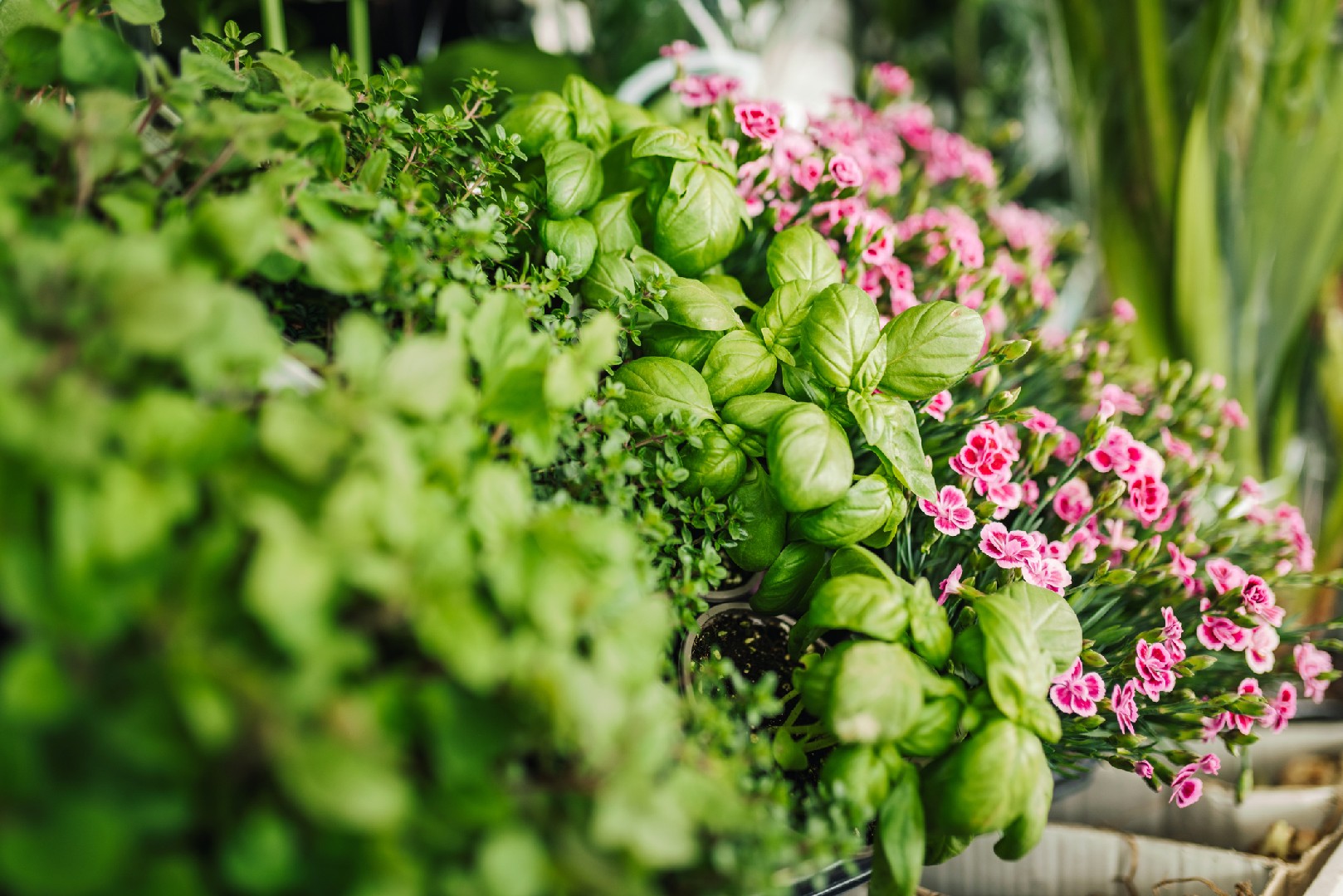![Rectangle]()
Comparing Perennials and Annuals: A Tale of Two Lifecycles
When it comes to choosing herbs for your garden, understanding the differences between perennial and annual herbs is essential. These two types of herbs have distinct lifecycles, growth patterns, and harvest times, which can greatly impact your gardening experience.
Perennial herbs are plants that live for more than two years. They have a longer lifespan compared to annual herbs, which only live for a single growing season. This key difference affects many aspects of their growth and care requirements.
One of the main advantages of perennial herbs is their constant supply. Once established, these plants will continue to grow and produce leaves, flowers, or seeds year after year. This makes perennial herbs an excellent choice for those who want a reliable source of fresh herbs without the need for replanting every year.
On the other hand, annual herbs offer a wide variety to choose from. Since they complete their lifecycle in a single season, you can experiment with different herbs each year, adding a burst of variety to your garden. This is especially exciting for culinary enthusiasts who enjoy exploring new flavors and culinary possibilities.
In terms of care requirements, perennial herbs are generally more robust and forgiving compared to annuals. Once established, they have deeper root systems, which makes them more drought-tolerant and less prone to disease. This makes them easier to maintain, especially for beginner gardeners or those with busy schedules.
On the other hand, annual herbs require more attention and care. They have shallow root systems and are more susceptible to drought and pests. Regular watering, pruning, and pest control measures are necessary to keep them healthy and productive throughout the growing season.
When it comes to taste profiles, culinary uses, and medicinal properties, both perennial and annual herbs have their unique characteristics. For example, perennial herbs like rosemary and thyme have robust flavors that can withstand long cooking times, making them perfect for slow-cooked dishes and marinades. Annual herbs like basil and cilantro, on the other hand, have more delicate flavors that are best enjoyed fresh in salads, sandwiches, or pesto.
In terms of medicinal properties, perennial herbs like echinacea and lavender are known for their calming and soothing effects. They are commonly used in teas, essential oils, and herbal remedies. Annual herbs like chamomile and lemon balm have similar properties and are often used for relaxation and stress relief.
In conclusion, choosing between perennial and annual herbs depends on your preferences, gardening experience, and available resources. Perennial herbs offer a constant supply of herbs with minimal care requirements, while annual herbs provide variety and excitement each growing season. By understanding the differences in lifecycles, growth patterns, and taste profiles, you can make informed decisions and create a thriving herb garden that suits your needs and preferences.





